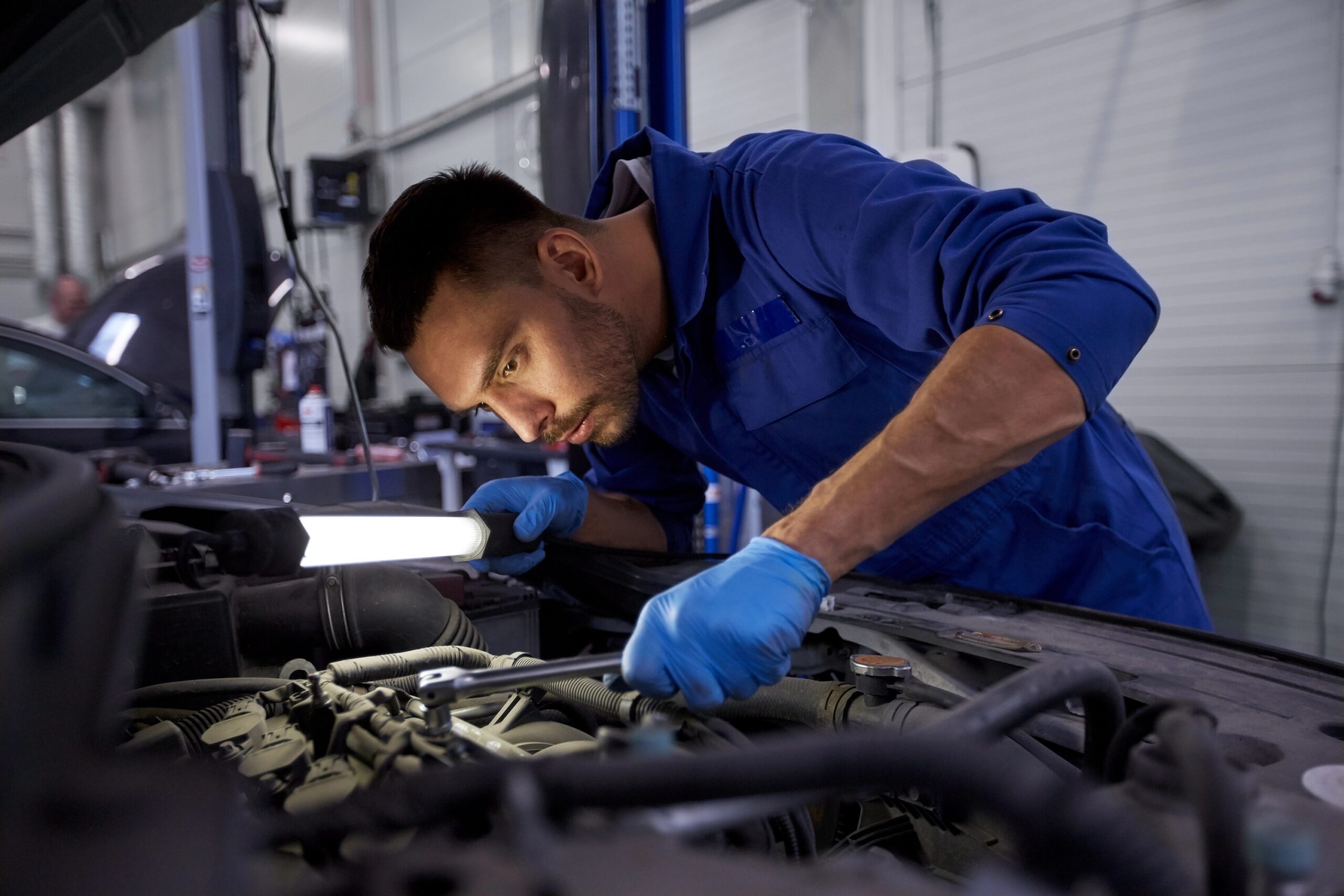In the world of mechanical engineering and automotive performance, every fraction of a second counts. Whether you’re fine-tuning an industrial machine, upgrading a piece of pneumatic equipment, or optimizing a vehicle’s performance, the speed of the air piston is a critical factor. A faster air piston can lead to significant improvements in efficiency, productivity, and overall performance.
Understanding Air Piston Speed
Air pistons are integral components in various pneumatic systems, converting compressed air energy into linear motion. The speed of an air piston directly influences how quickly this linear motion can be achieved. In essence, faster pistons translate to quicker actuation, reduced cycle times, and more efficient operations.
Why Upgrade Your Air Piston Speed?
- Increased Efficiency and Productivity
- Faster Cycle Times: In industrial settings, faster air pistons can dramatically reduce cycle times, meaning machines can complete more operations in less time. This leads to increased throughput and overall productivity, which is crucial in high-demand environments.
- Energy Savings: By optimizing the speed of air pistons, systems can operate more efficiently, often reducing the amount of compressed air required. This can result in significant energy savings, lowering operational costs over time.
- Improved Precision and Control
- Enhanced Responsiveness: A speedier air piston offers better responsiveness, allowing for more precise control over the movement and positioning of components. This is especially important in applications where accuracy is paramount, such as in robotics or precision manufacturing.
- Reduced Wear and Tear: When air pistons move more efficiently, they experience less mechanical strain. This can extend the lifespan of the piston and the overall system, reducing the need for frequent maintenance and part replacements.
- Optimized Performance in Automotive Applications
- Better Acceleration: In vehicles, upgrading to a faster air piston can contribute to improved engine performance, particularly in terms of acceleration. This can be a game-changer for enthusiasts looking to enhance their vehicle’s speed and responsiveness on the road or track.
- Enhanced Airflow: Air pistons are often part of larger systems that manage airflow, such as in turbochargers. Faster pistons can optimize airflow, leading to better combustion and, ultimately, more power.
- Adaptability to Modern Systems
- Integration with Advanced Controls: Many modern systems are designed to work with faster, more efficient components. Upgrading the speed of your air piston ensures compatibility with newer control systems, making it easier to integrate with smart technologies and automated processes.
How to Implement an Air Piston Speed Upgrade
- Assess Your System Requirements: Before upgrading, it’s essential to evaluate your current system’s performance and identify areas where speed improvements are most needed.
- Choose the Right Components: Selecting high-quality air pistons that are designed for faster operation is crucial. Look for pistons made from durable materials that can withstand the increased demands of higher speeds.
- Consider Professional Installation: Depending on the complexity of your system, professional installation might be necessary to ensure that the upgrade is carried out correctly and safely.
Upgrading the speed of your air piston is more than just a performance tweak—it’s an investment in the efficiency, productivity, and longevity of your system. Whether you’re in an industrial setting, working on automotive enhancements, or dealing with precision machinery, a faster air piston can deliver tangible benefits that make a noticeable difference. By embracing these upgrades, you can keep your operations running smoothly, save on energy costs, and push the boundaries of what your equipment can achieve. If you have questions, give us a call.





